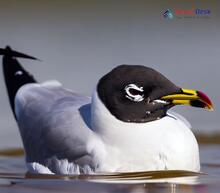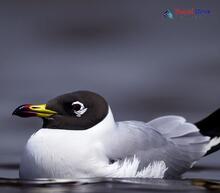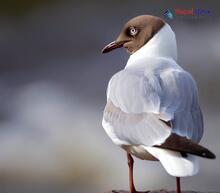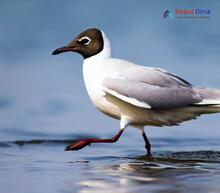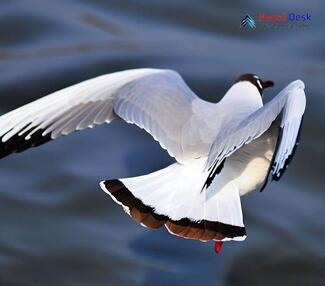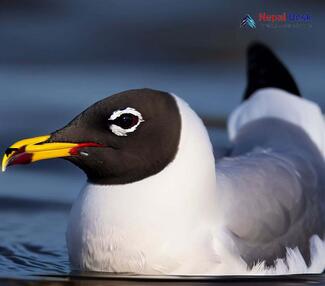Known for its awe-inspiring scenery and rich biodiversity, Nepal is a dream destination for bird lovers. Among its many bird species, the subfamily Larinae, which consists of gulls, terns, and skimmers, is particularly enchanting. These captivating seabirds can be found across the nation, from coastal areas to high-altitude lakes. Here we will have a closer look into the various traits and behaviors of the Larinae subfamily throughout Nepal.
Taking a Closer Look at the Larinae Subfamily
Part of the Laridae family, the Larinae subfamily includes species with strong territorial instincts and impressive flying skills. Predominantly carnivorous, these birds feed on fish, invertebrates, or small mammals but are also known to scavenge human waste when available.
Adaptable and able to thrive in diverse environments, members of this subfamily can be found nesting on cliff ledges or sand dunes and inhabiting both freshwater and saltwater ecosystems. They have evolved features such as webbed feet for swimming and sharp beaks for grasping prey.
Discovering Larinae Habitats in Nepal
Nepal boasts a variety of environments where visitors can witness these remarkable birds in their natural habitats. Some notable locations include Rara Lake in Mugu district, Jagdishpur Reservoir in Kapilvastu district, and the lesser-known Malika wetlands of Koshi Tappu Wildlife Reserve.
Rara Lake, Nepal's largest lake at an altitude of 9,810 ft., provides an ideal spot for migratory bird species like Gull-billed Terns (Gelochelidon nilotica). The pristine lake is surrounded by lush pine forests, presenting a picturesque setting to watch these birds in action.
In contrast, Jagdishpur Reservoir is an artificial wetland built for irrigation purposes that has become an essential breeding and migratory stopover site for a variety of bird species, such as the Whiskered Tern (Chlidonias hybrida) and River Tern (Sterna aurantia).
The Malika wetlands, a hidden treasure, host several breeding populations of Indian Skimmers (Rynchops albicollis), known for their distinct bill shape and feeding technique of skimming across water surfaces.
Conservation Initiatives and Mindful Birdwatching
Like many bird species around the world, the Larinae subfamily faces challenges such as habitat loss, pollution, and climate change. As a result, it is crucial to implement conservation measures to protect these incredible birds and their environments.
In addition to supporting ongoing conservation initiatives in Nepal, birdwatchers can do their part by adhering to responsible birdwatching etiquette. This involves keeping a safe distance from birds and nests, minimizing noise, and leaving no trace while exploring these fascinating regions.
In summary, Nepal's varied landscapes offer a unique chance to admire the extraordinary Larinae subfamily. Setting off on an eco-friendly journey in search of these captivating birds not only allows you to appreciate their beauty but also underscores the importance of preserving their natural habitats for future generations.

